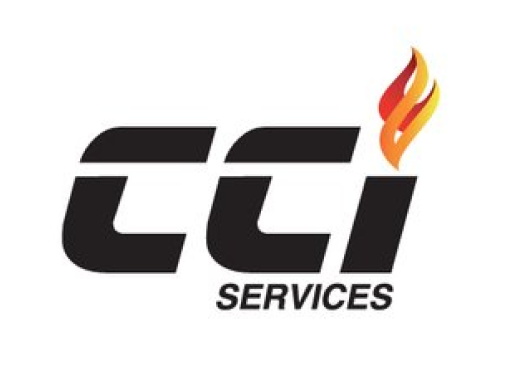
Commercial refrigeration systems play a crucial role in the food industry, keeping your inventory of meats, vegetables, and other perishables at their optimal temperatures for safe storage. They are also found in ice plants, storage units for dairy and brewery products, and even industrial applications.
Whether you run a restaurant, supermarket, convenience store, or another type of business that requires cold storage, it is important to understand the technological machinations behind your refrigerator system so that you can spot and address any issues before they get out of hand.
Aside from preventing spoilage, regular maintenance and prompt repair of commercial refrigeration equipment will also help you to save money on your energy bills and enhance food safety. Emerging technologies like digital temperature control, IoT, and energy-efficient compressors are revolutionizing how we manage refrigerators, helping us to achieve greater efficiency, cost savings, and improved food safety.
Refrigerators work by converting liquid refrigerant into a cold gas using the condensation process, which involves cooling ventilation fins on the back of the appliance. This cold gas is then sprayed into the low-temperature environment of the evaporator, where it absorbs heat and turns back into a liquid. The cooled liquid is then channeled through an expansion valve and capillary tube to the evaporator, where it vaporizes and cools the air.
Several factors can affect the performance of your commercial refrigeration unit, including temperature fluctuations, power outages, and malfunctions in the evaporator or condenser coils. To avoid costly repairs, you should keep an eye out for the following warning signs:
Frequent power outages are typically due to a faulty circuit breaker or an overloaded electrical outlet. Faulty electrical connections are also common problems and are usually easy to fix with a quick inspection by a licensed electrician. If your commercial refrigerator is leaking water, it may be due to a blocked defrost drain that needs to be flushed to remove blockages of food particles or debris. It is recommended to hire a technician with the knowledge and experience to perform this task quickly.
Temperature fluctuations are a sign of impending equipment failure and can lead to food loss and waste. In addition to wasting product, these fluctuations can cause your utility bill to skyrocket. Thankfully, new technologies like smart temperature sensors and IoT are improving the way we monitor refrigerators, alerting us to potential problems well before they impact our bottom line.
Many restaurants rely on manual thermometers to monitor temperature levels in their coolers. These manual measurements can be subject to human error and unforeseen equipment failures during off-hours. Fortunately, IoT-enabled smart temperature sensors are a simple, cost-effective solution to improve food safety and reduce loss in your commercial kitchen.

 0800 644 2727
0800 644 2727